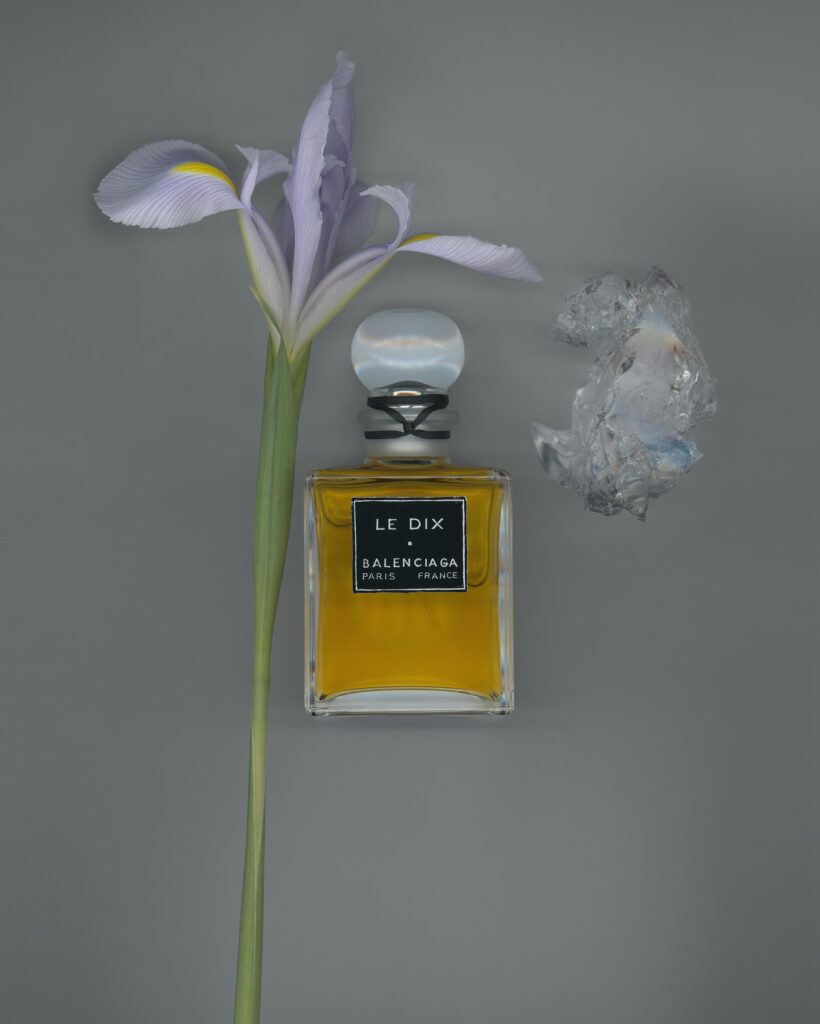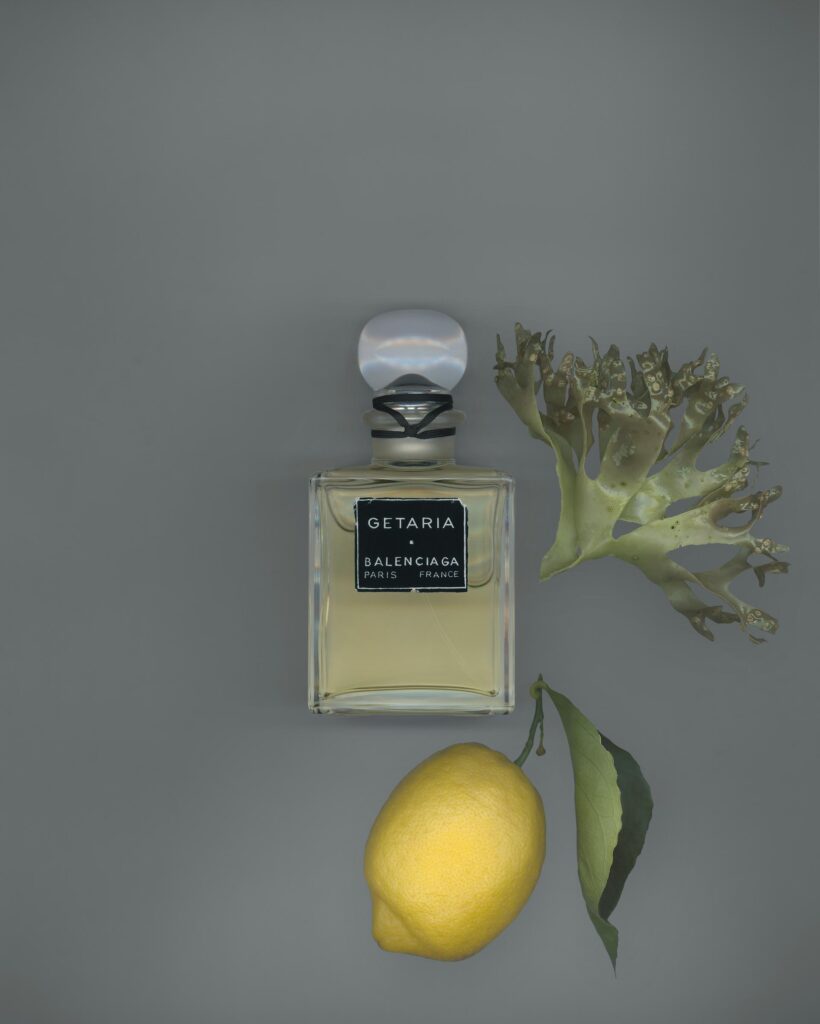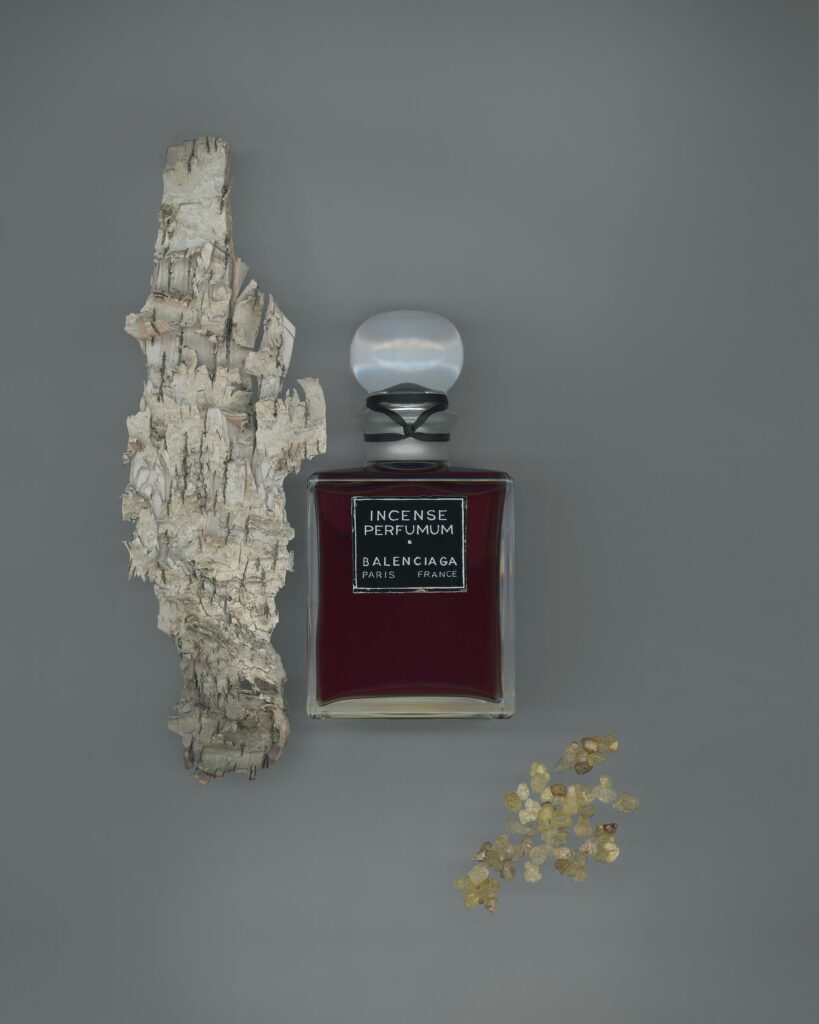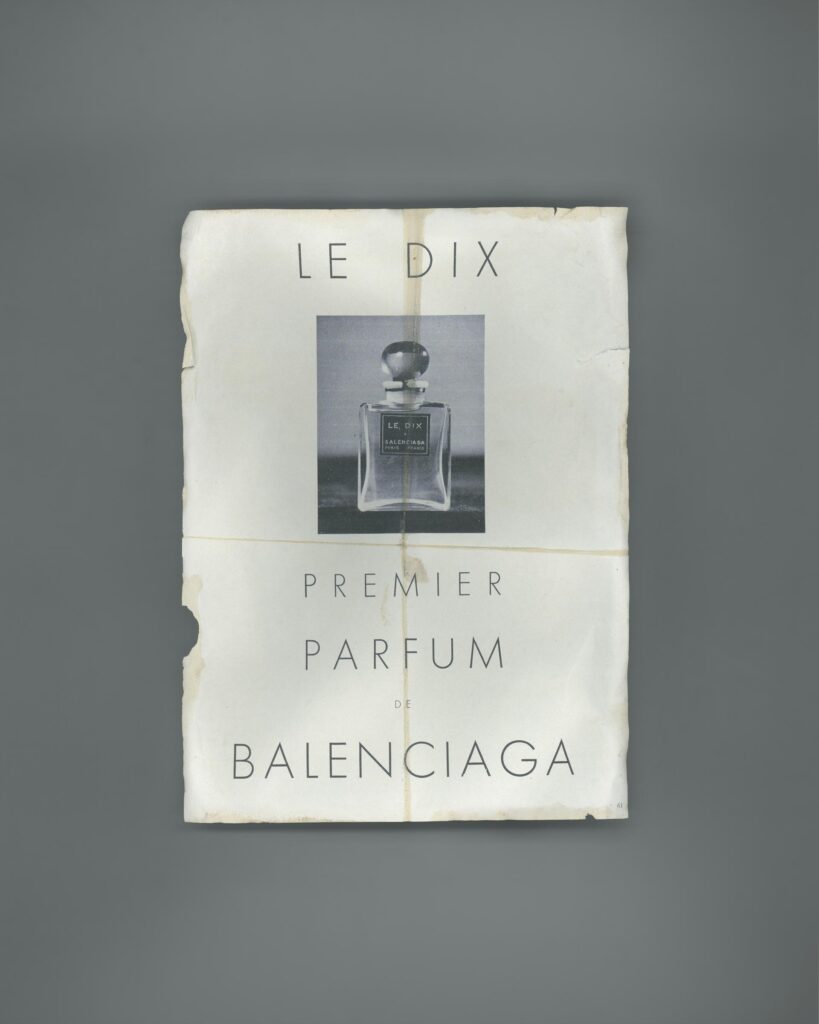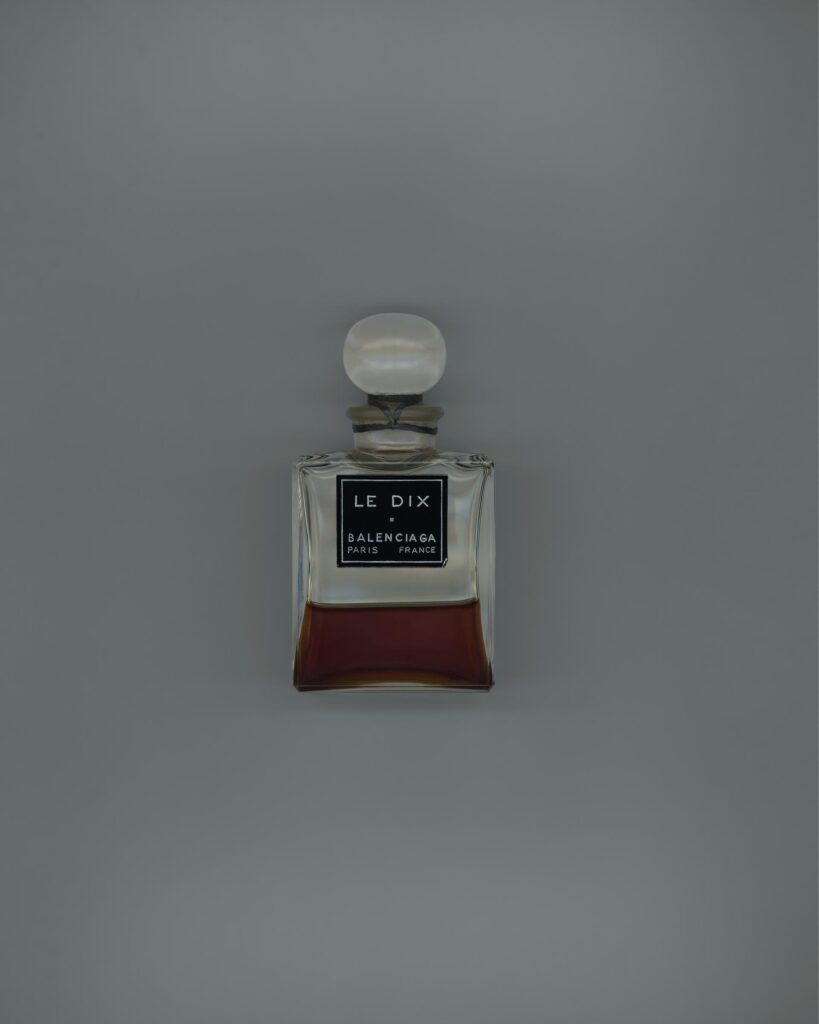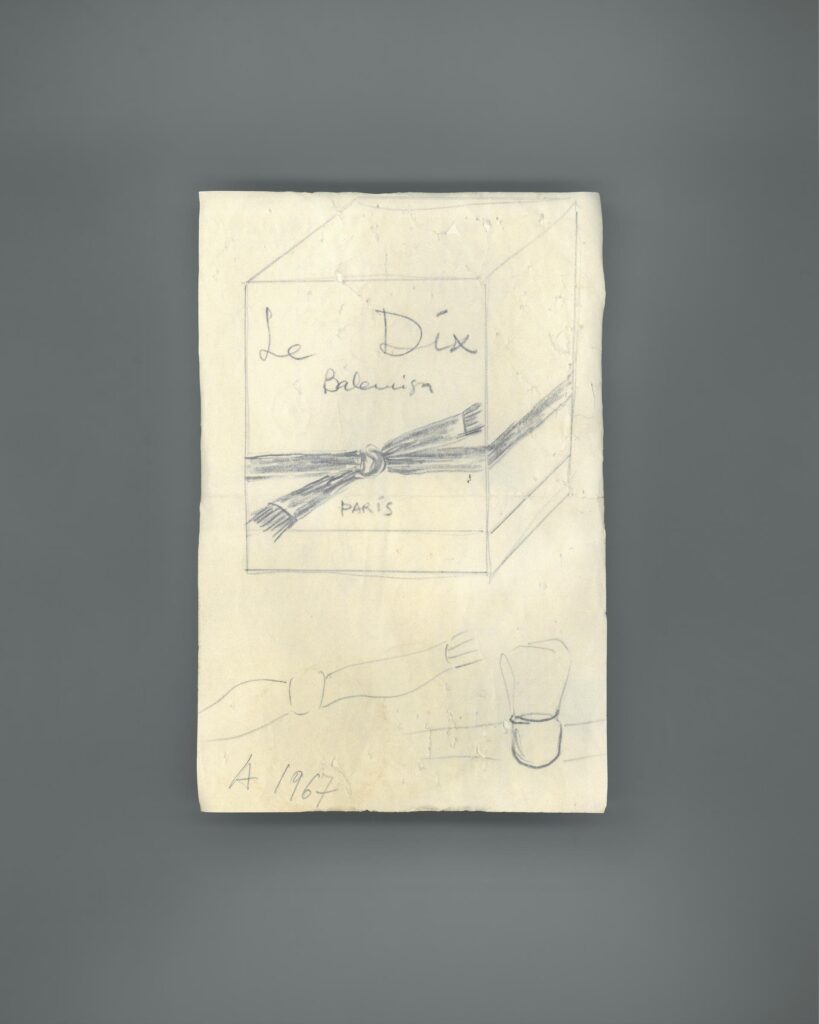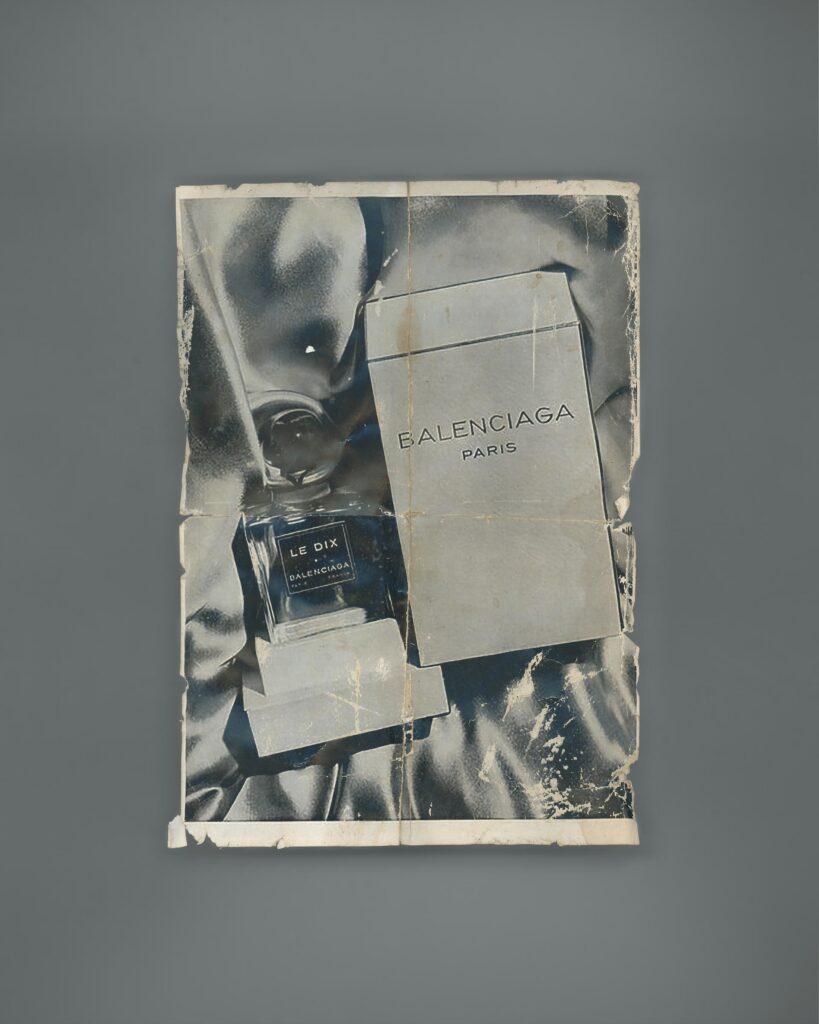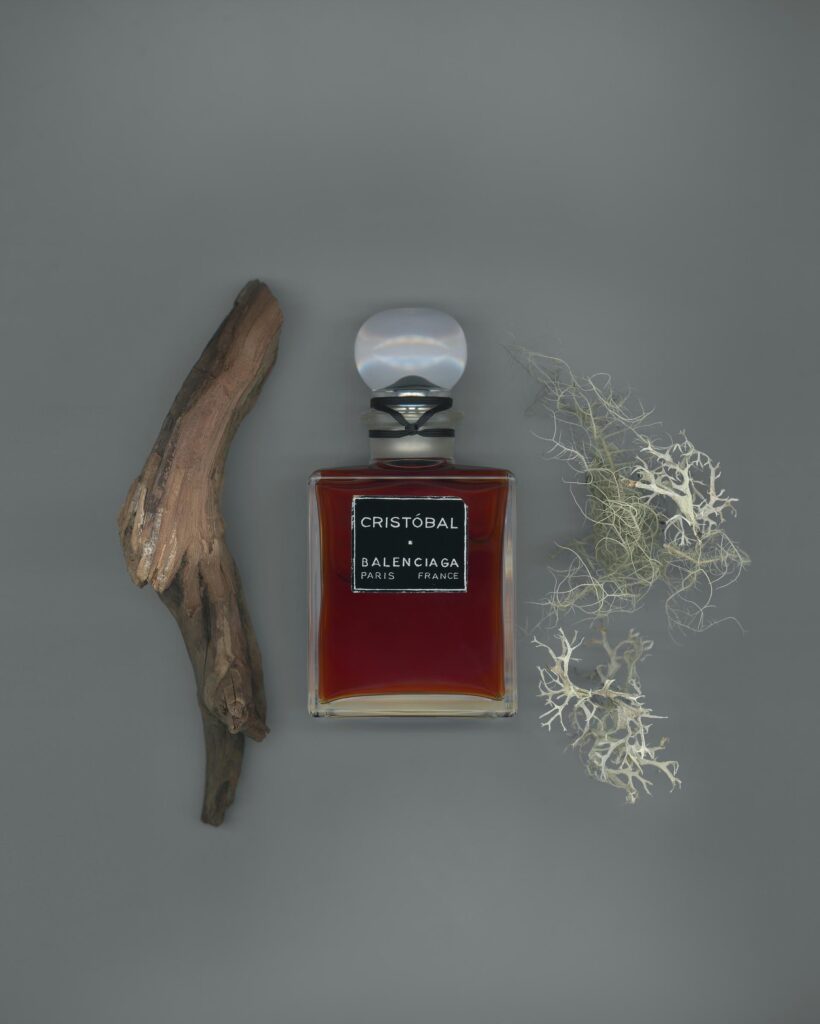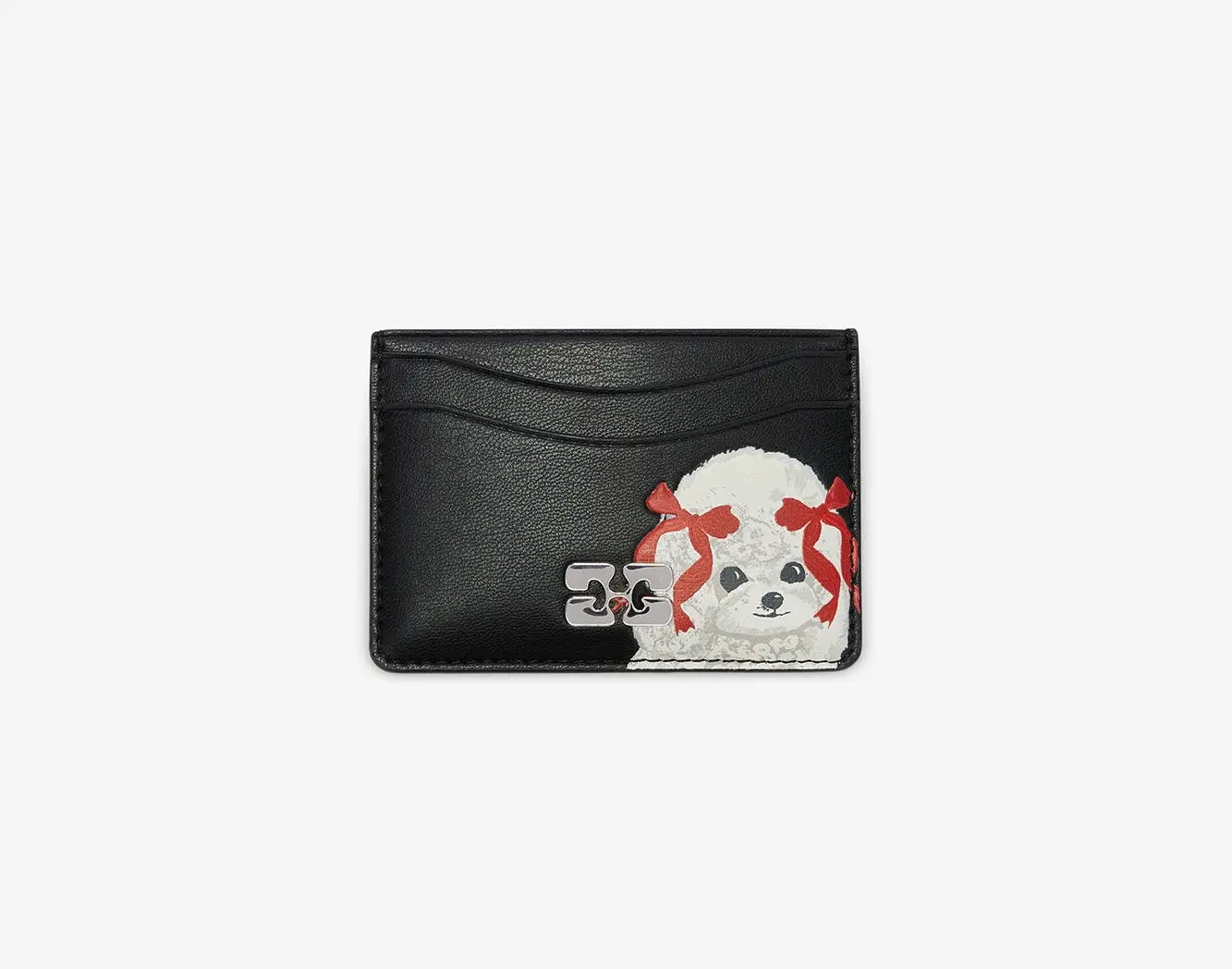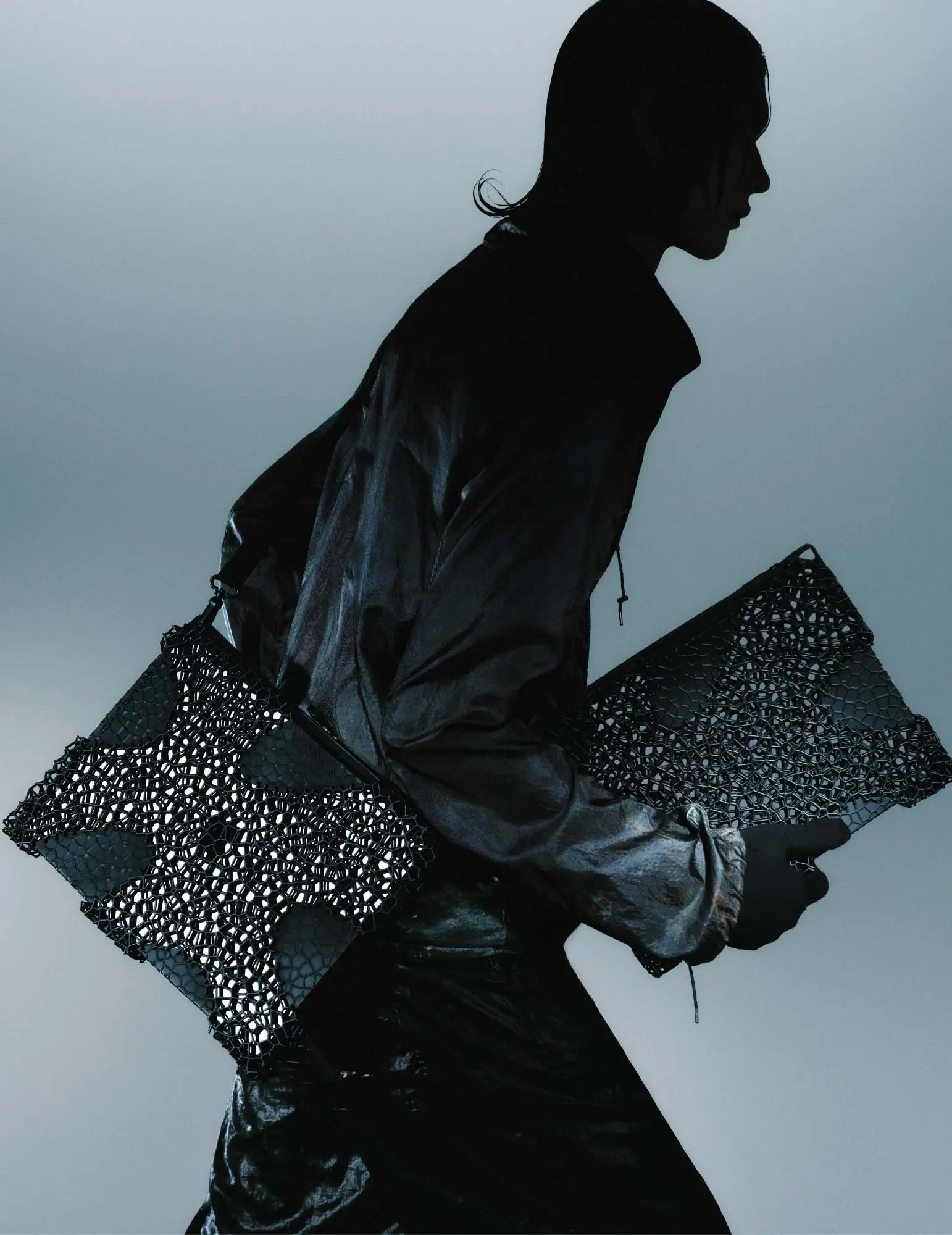Luxury fashion thrives on cycles of revival and reinvention. In an industry where memory and modernity continually collide, timing is everything. Balenciaga’s return to perfumery arrives at a moment when fragrance is more than just a commodity—it is cultural currency. Social media has transformed scent into spectacle, while global sales in luxury beauty continue to outpace traditional fashion segments. By reviving its perfume line in 2025, Balenciaga acknowledges that beauty is no longer a secondary chapter in the luxury story. Instead, it is the entry point, the heartbeat, and often the most emotionally charged touchpoint for consumers worldwide.
The brand’s calculated move speaks to broader consumer behavior. Millennials and Gen Z buyers, who now form the backbone of the luxury economy, prize self-expression above logo worship. They seek products that capture mood and identity, and fragrance offers precisely that—an invisible accessory that feels both deeply personal and universally communicative. Balenciaga is not simply launching perfumes; it is reasserting its role in shaping cultural sensibilities.
A Legacy Rekindled: Le Dix and the Balenciaga Myth
Cristóbal Balenciaga, the Spanish couturier hailed as “the master of us all” by Christian Dior, was not only an architect of fabric but also an orchestrator of atmosphere. In 1947, the same year Dior unveiled the New Look, Balenciaga introduced Le Dix. Its name referenced the Maison’s Parisian headquarters on Avenue George V, but its essence captured the rarefied air of couture. Le Dix married aldehydic sparkle with violet and iris in a fragrance that was as sculptural as his gowns. It projected dignity rather than seduction, restraint rather than flamboyance. It was the olfactory equivalent of Balenciaga’s architectural tailoring.
Over the years, the house would expand into perfume with varying degrees of success. Quadrille (1955) explored spicy sophistication, Ho Hang (1971) reflected masculine modernity, and Rumba (1988) embodied the exuberance of the late ’80s. Yet unlike Chanel or Dior, Balenciaga’s perfume line never achieved uninterrupted continuity. Shifting ownership, changing strategies, and the dominance of competitors left the olfactive identity of Balenciaga fractured.
This discontinuity is part of what makes today’s revival so compelling. It is not merely a reintroduction but a resurrection. By reaching back to its very first fragrance bottle design from 1947, Balenciaga acknowledges its history while writing a new chapter, one intended to resonate in a radically different cultural climate.
The Collection: Ten Stories in Scent
Launching with ten distinct fragrances is an audacious move. Most houses debut one or two “pillar” scents before expanding into flankers or variations. By contrast, Balenciaga’s suite feels more like a curated exhibition—a multi-sensory gallery where each scent tells its own narrative but contributes to a unified thesis: duality.
-
The Citrics
Bright top notes of bergamot, lemon zest, and mandarin create scents that sparkle with immediacy. They evoke morning light, the clean geometry of Balenciaga tailoring, and the sharp lines of the Maison’s architectural inspirations. -
The Florals
Powdered violets, iris, and peony are reinterpreted with modern aldehydes and synthetic molecules that add metallic sheen. These fragrances nod most directly to Le Dix, but they avoid nostalgia. Instead, they dramatize the play between softness and sharpness—like silk cut on brutalist angles. -
The Woods & Resins
Deep accords of oud, myrrh, and amberwood create shadows within the collection. These are scents of depth and persistence, built for evening wear and for those who prefer the presence of fragrance to linger long after they leave the room. -
The Minerals & Obsidian
Perhaps the most experimental are the fragrances constructed around “mineral” accords: graphite, ink, and stone. These defy traditional categories, offering a futuristic edge that mirrors Balenciaga’s penchant for the alien and the uncanny. Wearing them feels like stepping into one of the brand’s dystopian runway sets.
The genius of the collection is not in any single composition but in the spectrum itself. Like a fashion show lineup, it offers a progression from light to dark, airy to dense, conventional to radical. Together, the ten scents function as an olfactive wardrobe.
Design as Memory: The Flacon Reborn
If fragrance is ephemeral, the bottle anchors it in permanence. Balenciaga’s decision to reproduce the original 1947 flacon speaks volumes. The angular shoulders, thick glass base, and commanding stopper recall an era when perfume bottles were objects of art, meant to be displayed on vanities like sculptures. Yet these flacons are not replicas—they are modernized to accommodate refill systems, bridging nostalgia with responsibility.
The tactile weight of the glass, the interplay of transparency and opacity, the balance between ornament and austerity—these design choices mirror Balenciaga’s couture philosophy. In a market where bottles often chase novelty, Balenciaga stakes its claim on timelessness. The design does not shout; it asserts.
Technology and Craft: The Alchemy of the New
Perfume creation in the 21st century is as much science as art. Balenciaga embraces the innovations of aroma chemistry, deploying molecules that mimic natural essences while introducing textures nature cannot provide. These high-tech notes allow perfumers to build airy structures, metallic sheens, and mineral effects that defy traditional boundaries.
This approach reflects Balenciaga’s broader ethos. Just as Demna transforms sneakers into couture or plays with 3D-printed tailoring, the perfumers manipulate molecules to create new forms of olfactive architecture. Heritage extraction methods—rose absolutes, iris butter, and natural resins—are placed alongside cutting-edge synthetics. The result is not conflict but harmony, a conversation between eras.
Couture in the Air
One of the great challenges of perfume is making the invisible tangible. Balenciaga approaches this by treating fragrance as couture in the air. Just as a dress reshapes the body, scent reshapes the atmosphere around the wearer. These perfumes are not shy, background aromas; they are designed to project, to alter space, to demand recognition.
Yet they are not monolithic. Each fragrance has facets that shift with time, echoing Balenciaga’s obsession with proportion and transformation. A spritz may begin crisp and bright, settle into floral softness, then dry down into smoky wood. The journey is architectural, structured like the unfolding of a garment’s silhouette.
Beauty as Luxury’s First Choice
It is no accident that Balenciaga reenters beauty now. Among all luxury categories, beauty has proven the most resilient to economic turbulence. Fragrance, in particular, carries symbolic power: it allows consumers to access a brand’s aura without the price tag of couture. A $150 bottle can grant entry to a world that might otherwise cost thousands.
Balenciaga understands this democratizing function but resists dilution. The fragrances are priced and positioned as luxury statements, with refillable architecture underscoring their permanence. This is not fast beauty; it is couture thinking applied to scent.
Moreover, in an era when fashion often lives primarily as digital imagery—watched on TikTok rather than worn—fragrance anchors the intangible in physical experience. It cannot be streamed, copied, or counterfeited in the same way. It exists only in the moment it is smelled, tying luxury back to the senses.
Sustainability as Heritage
The refillable design is more than a concession to contemporary sustainability—it is a return to an older rhythm of luxury. In the mid-20th century, perfume bottles were precious, refilled and cherished rather than discarded. Balenciaga’s revival thus links ecological responsibility to tradition, framing sustainability not as sacrifice but as sophistication.
In a market where greenwashing is rampant, Balenciaga’s approach feels authentic precisely because it aligns with its heritage. The Maison’s reputation has always been about permanence—garments that withstand decades, designs that feel timeless. Extending this ethos to fragrance makes the statement coherent and credible.
The Market Context: A High-Stakes Return
Balenciaga reenters a fiercely competitive perfume market. Chanel, Dior, and Guerlain dominate the heritage luxury space, while niche houses like Byredo, Le Labo, and Maison Francis Kurkdjian have redefined what prestige fragrance can mean. Launching ten perfumes simultaneously is therefore not just bold but strategic—it ensures Balenciaga is not seen as dabbling but as staking a serious claim.
By emphasizing refillability, radical design, and duality-driven compositions, the Maison differentiates itself from both the mass-market saturation and the hyper-minimalism of niche brands. It positions itself squarely at the intersection of heritage and futurism—a space few houses occupy convincingly.
Scent as Cultural Symbol
Balenciaga has long thrived on provocation. Its fashion collections often confront viewers with dystopian aesthetics, oversized proportions, and dark humor. The fragrance line echoes this cultural positioning. The mineral and obsidian accords, for example, feel less about pleasing the masses than about challenging preconceptions of beauty.
This aligns with a broader cultural moment where fragrance enthusiasts, especially online, crave the unusual. TikTok and Instagram fragrance communities celebrate “weird” notes—ink, gasoline, petrichor—as markers of sophistication. Balenciaga, by leaning into the mineral and metallic, plays directly into this appetite while maintaining couture gravitas.
A Lost Voice Found Again
Balenciaga’s new fragrance collection is more than an accessory—it is a manifesto. It reclaims a neglected part of the Maison’s identity, honors its founder’s olfactive vision, and reinterprets couture as something wearable not on the body but in the air.
Through ten distinct scents, refillable heritage flacons, and a philosophy of duality, Balenciaga positions itself as a serious player in modern perfumery. It joins the ranks of houses that understand beauty not as a sideline but as a central expression of luxury identity.
Ultimately, fragrance allows Balenciaga to extend its aura beyond the runway, beyond clothing, into the most intimate spaces of its audience’s lives. It makes couture daily, wearable, and eternal. A lost icon has returned—not as a whisper of nostalgia, but as a chorus of reinvention.
No comments yet.

